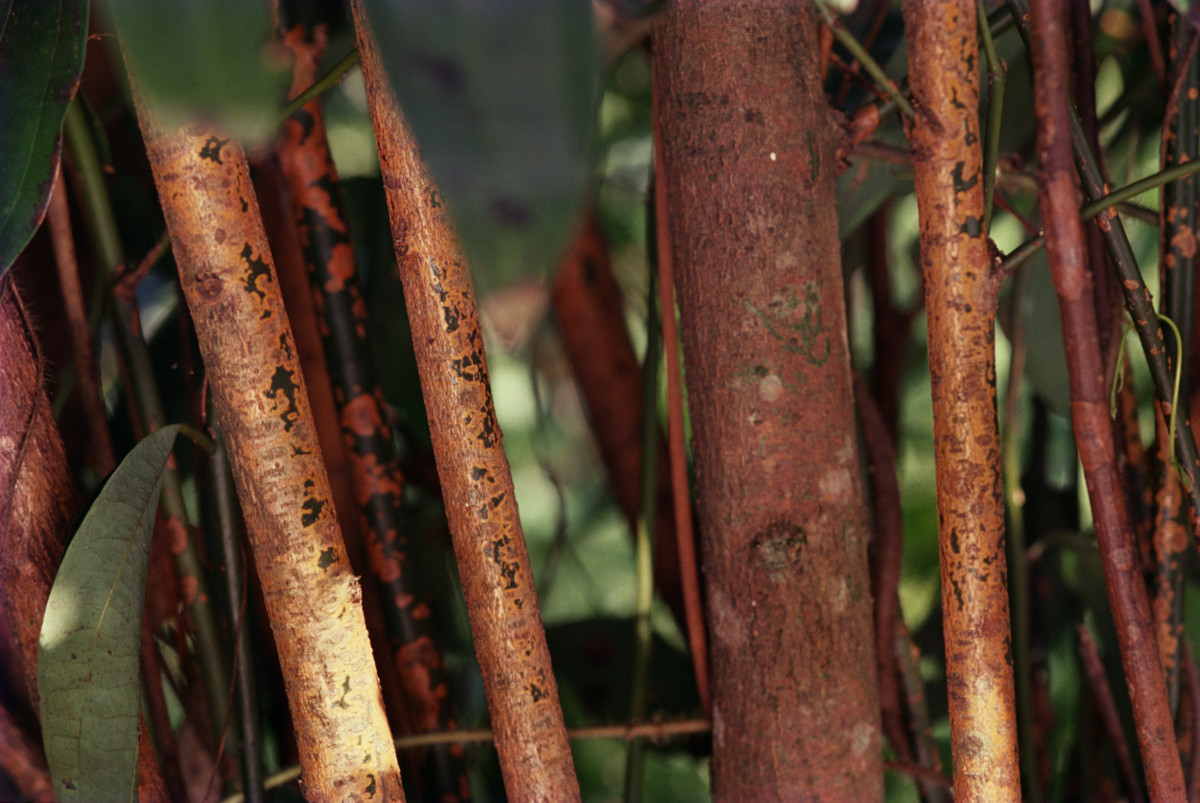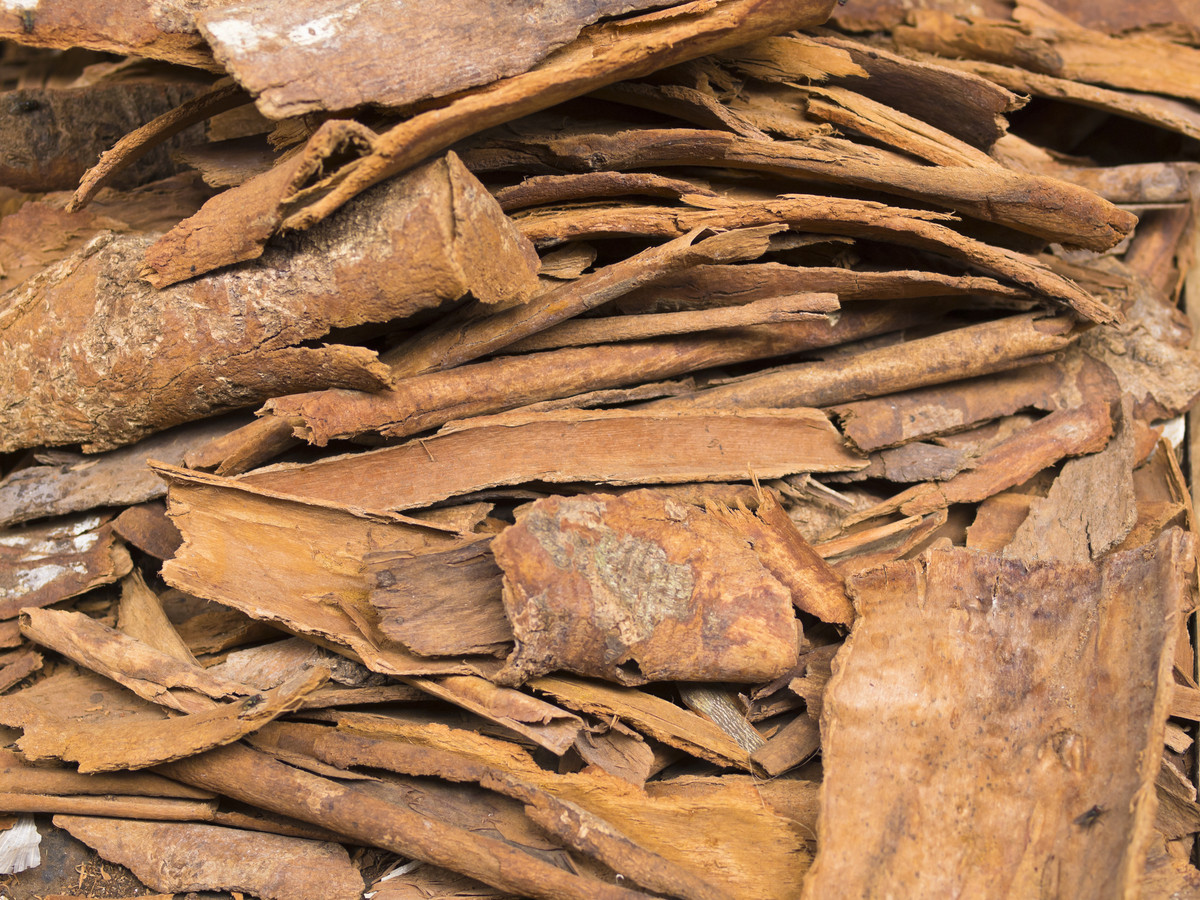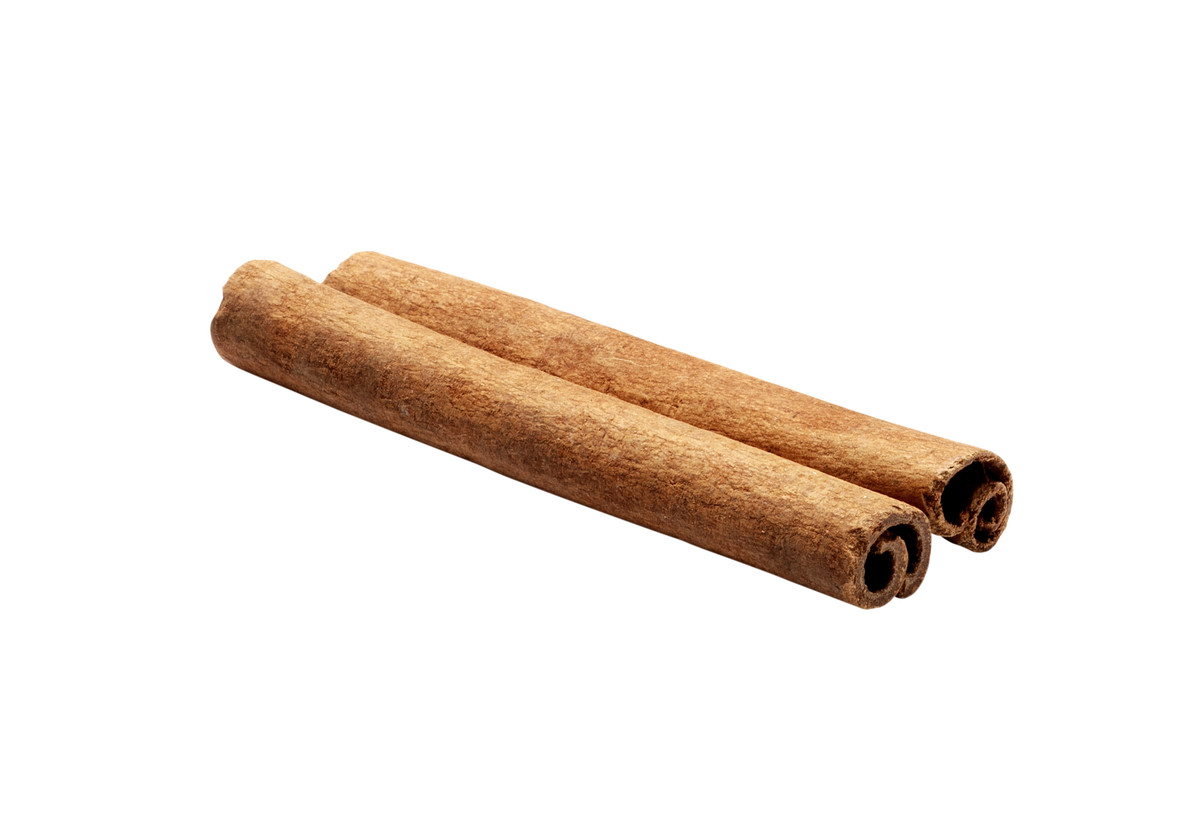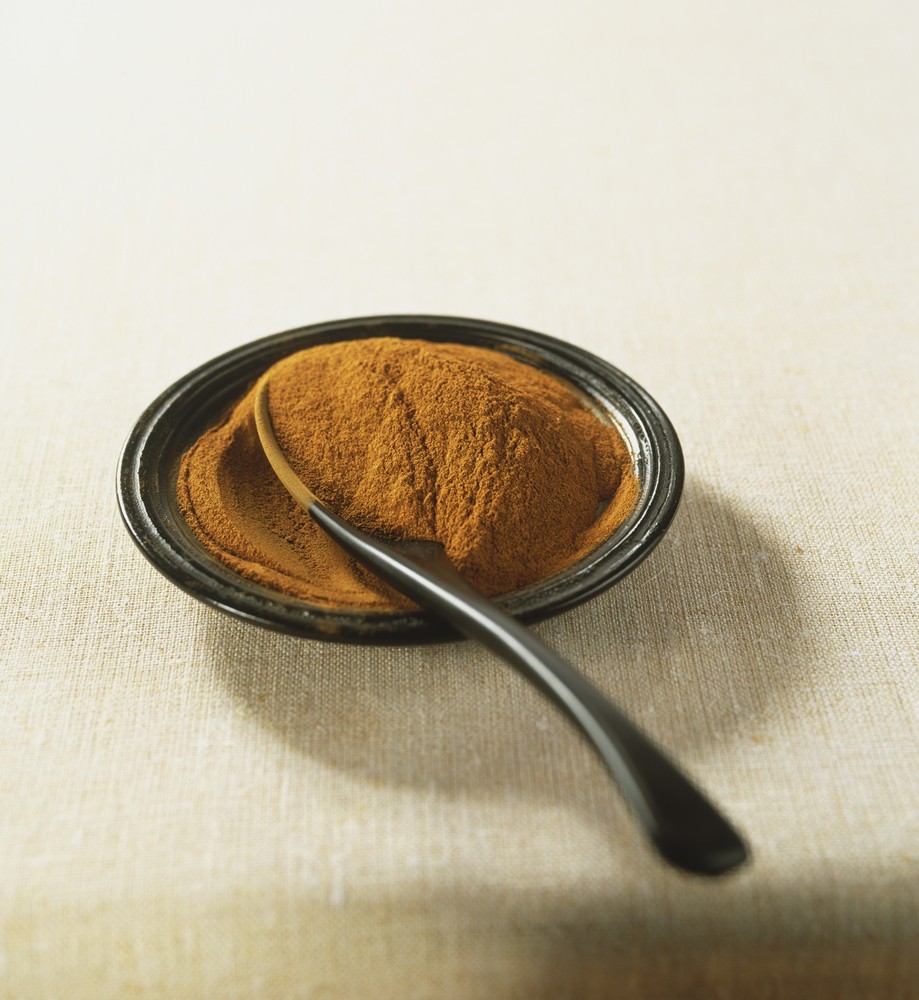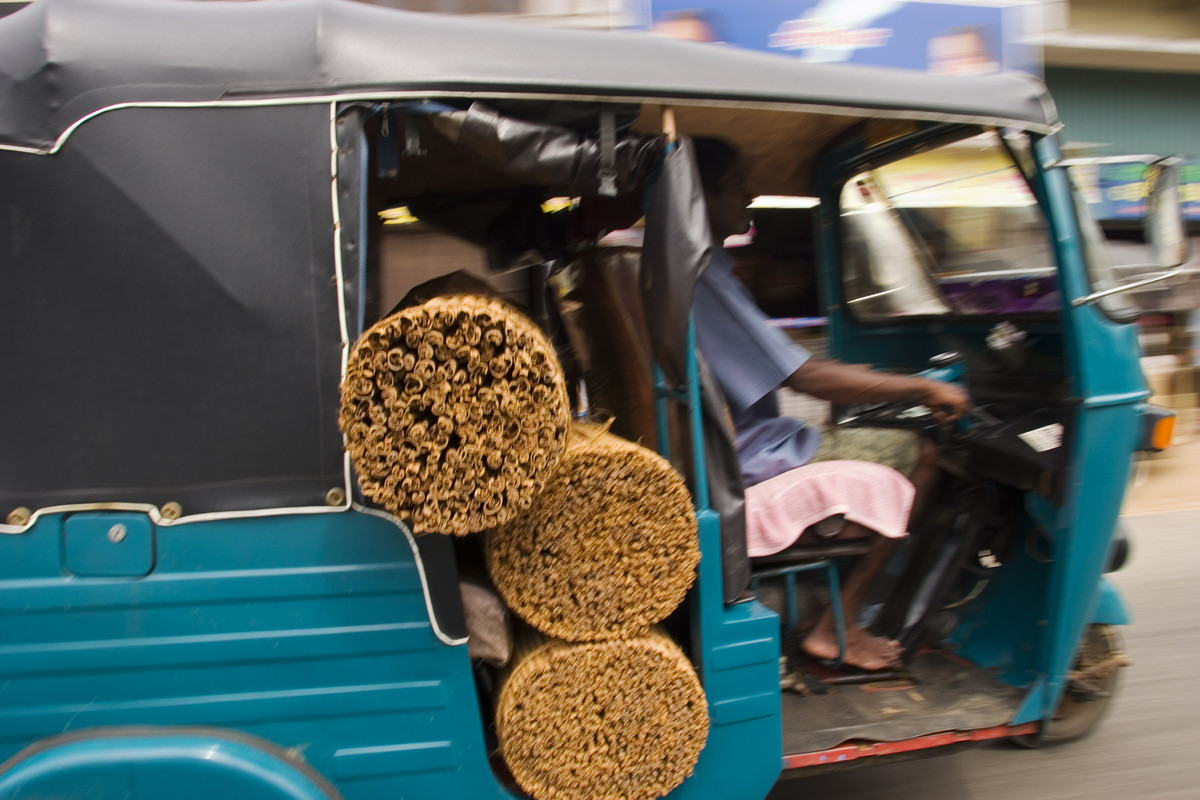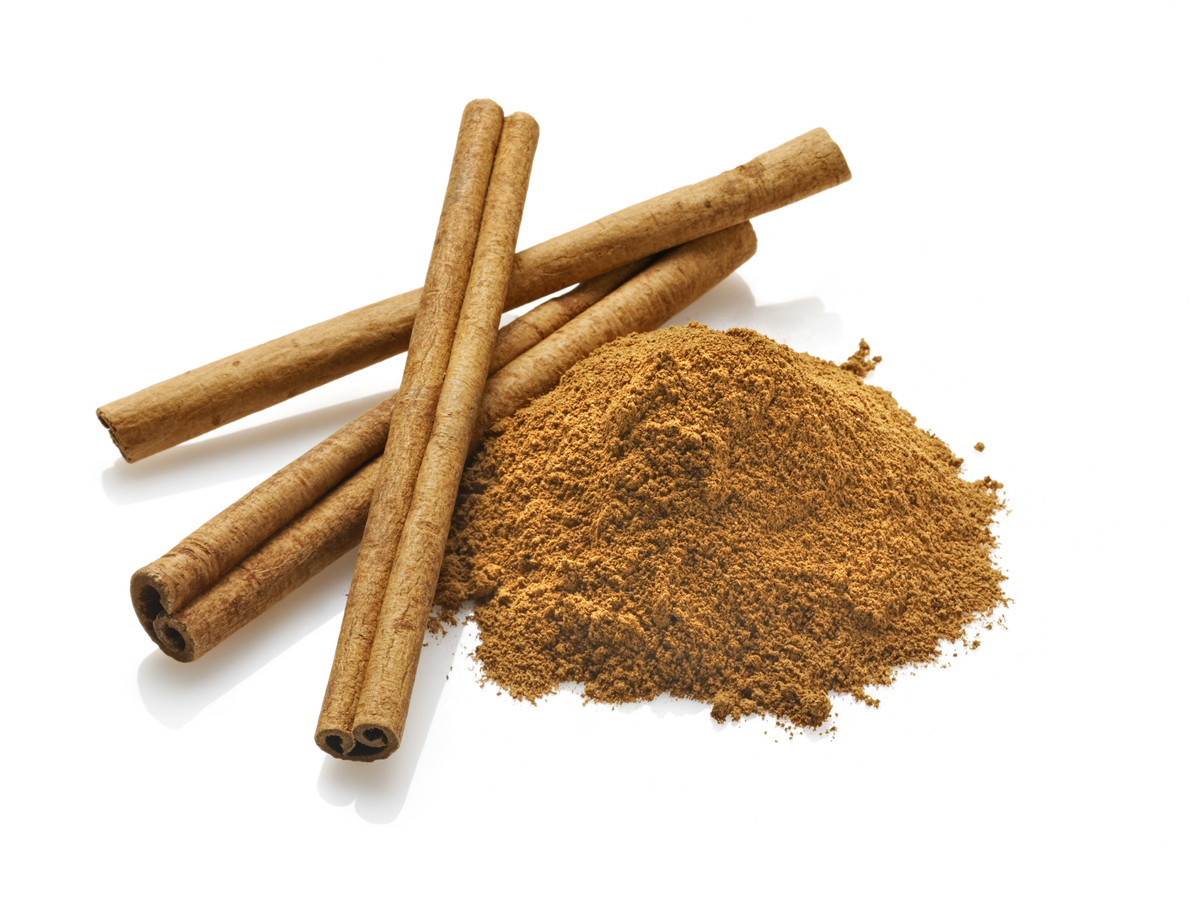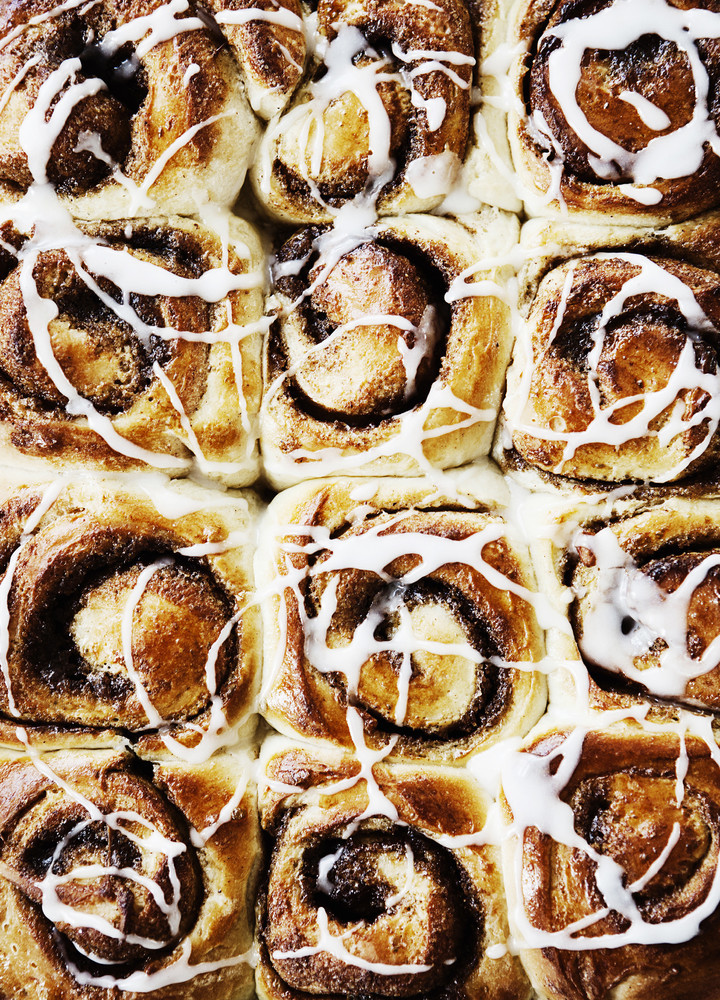Do you know where cinnamon comes from? It’s a spice we use all the time, but do you know where it grows and how it comes to be in our cinnamon buns? Cinnamon is one of those sweet spices that is so versatile — in and outside the kitchen — that we might even take it for granted sometimes.
It goes well in savory dishes like soups and tagines, and can do wonders on meat and chicken. It also shines in desserts, like churros and cobblers, and is your best friend at breakfast. You can also use it in your beauty routine. It can help out around the house and it may even have some healing properties. Cinnamon makes us think of Christmas and cozying up in front of the fire, but it also makes us think of apple pie in the fall and cinnamon sugar doughnuts at the summer farmers market.
As much as we use cinnamon, it’s not wholly apparently where we get it from. Its origin may surprise you, but if you give that cinnamon stick a second look, it will probably start to make a whole lot of sense.
-
Cinnamon comes from bark.
 Specifically, it comes from the inner layer of bark derived from dozens of varieties of evergreen trees that belong to the genus Cinnamomum.
Specifically, it comes from the inner layer of bark derived from dozens of varieties of evergreen trees that belong to the genus Cinnamomum. -
Cinnamon farmers first shave the outer bark off the trees, and then shave off the inner bark — the cinnamon layer.
 The cinnamon is then dried for use.
The cinnamon is then dried for use. -
When cinnamon is dried, it naturally curls up into “quills.”
 Those quills are then cut into sticks or crushed into a spice powder.
Those quills are then cut into sticks or crushed into a spice powder. -
Contrary to popular opinion, there is no such thing as “true cinnamon.”
 People incorrectly conclude that Ceylon cinnamon is “real cinnamon” because of its scientific name, Cinnamomum verum. Cassia, scientifically known as cinnamomum cassia, is just as real.
People incorrectly conclude that Ceylon cinnamon is “real cinnamon” because of its scientific name, Cinnamomum verum. Cassia, scientifically known as cinnamomum cassia, is just as real. -
Most of the world’s Ceylon cinnamon comes from Sri Lanka.
 By “most” we mean up to 80-90 percent. Cassia cinnamon mainly comes fromIndonesia, which is responsible for about two thirds of the crop. The rest comes from China, Vietnam and Burma.
By “most” we mean up to 80-90 percent. Cassia cinnamon mainly comes fromIndonesia, which is responsible for about two thirds of the crop. The rest comes from China, Vietnam and Burma. -
Cinnamon has lots of beauty benefits.
 It can be used as a lip plumper, a face mask, a breath freshener and a dry skin scrub.
It can be used as a lip plumper, a face mask, a breath freshener and a dry skin scrub. -
It also has household uses.
 It can be used as an air freshener and an ant and moth repellant.
It can be used as an air freshener and an ant and moth repellant. -
Cinnamon may also have health benefits.
 It could benefit diabetes patients. While studies on cinnamon’s health benefits — such as whether it might reduce inflammation or have antioxidant effects — have been mixed, it has been used as both a spice and medicine for thousands of years.
It could benefit diabetes patients. While studies on cinnamon’s health benefits — such as whether it might reduce inflammation or have antioxidant effects — have been mixed, it has been used as both a spice and medicine for thousands of years. -
Whatever you do with cinnamon…
 …please just please don’t try the cinnamon challenge.
…please just please don’t try the cinnamon challenge. -
While cinnamon may be good for many things, wouldn’t you rather use it to make a cinnamon roll?


